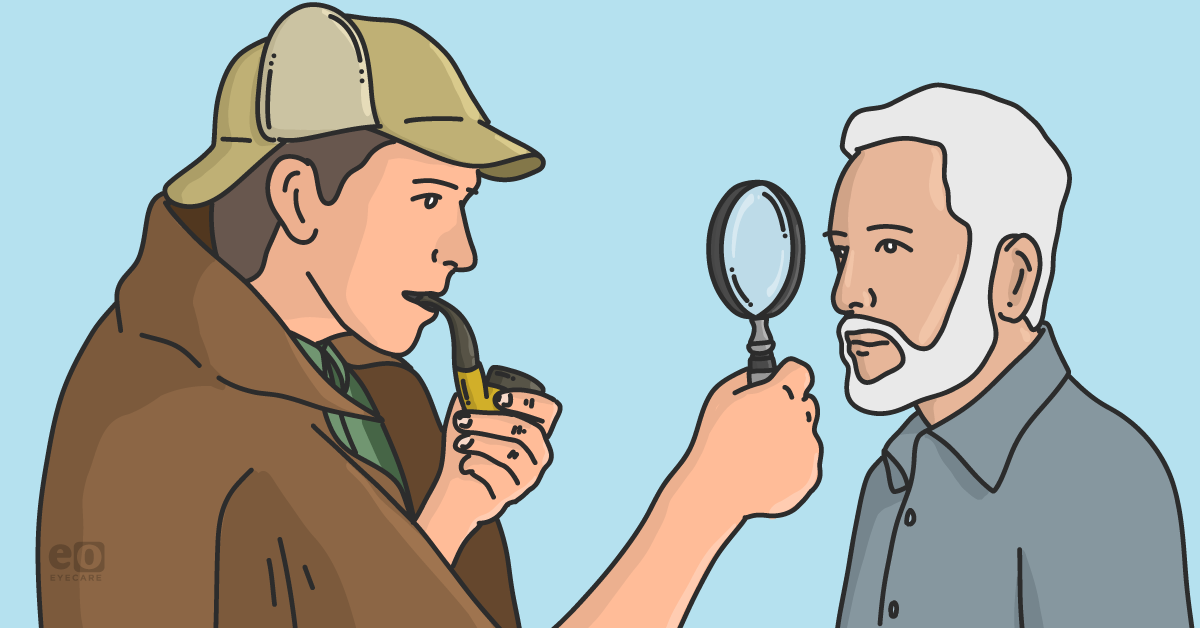When patients make an appointment for an annual eye exam, they inevitably have
questions about their vision. So often, patients look to their eyecare professional to tell them they are ready for new glasses, but there may be other hidden eye health conditions
that only a comprehensive eye exam can uncover.
A little detective work may reveal that a patient has
asymptomatic dry eye, a multifactorial and progressive disease that, if left untreated, can have debilitating effects.
A thorough screening can identify and stop this disease before symptoms can even be detected. I see patients of all ages. More of my younger patients are diagnosed with severe dry eye disease, while my geriatric patients seem to have fewer struggles with the condition. Recent studies show that, while many factors contribute to dry eye,
eye strain from screen usage plays a big part.
1 Fortunately or not, our dependence on screens is here to stay.
Building your optometrist detective toolkit
A patient’s lifestyle and environment can also contribute to dry eye, so eyecare professionals have to be willing to play the part of the detective by
performing comprehensive screenings, even for asymptomatic patients, to stop conditions like dry eye disease in its earliest stages.
Start your investigation with refraction
This foundational exercise helps to measure visual acuity, but also gives providers the opportunity to
ask a few probing questions to assess the health of the ocular surface. When patients tell me that they see a bit more clearly after they blink, my sleuthing instincts tell me that there is an ocular surface issue at play.
This puzzle piece not only tells me how well the patient is seeing, but also how their eyes are feeling. An eye that sees and feels better after a blink is often
one that is dry. Patients often say that their eyes feel tired and chalk it up to aging or lack of sleep, not realizing that if your eyes are healthy, then you likely won’t notice them at all.
Use a slit lamp to gather clues
Every good detective needs a solid tool to get to the truth of the case, and the slit lamp is my lie detector. When I use it, my patients suddenly tell me everything and admit to
habits that can exacerbate dry eye, such as not properly cleansing the lid of cosmetics and any behaviors that mask symptoms, like the overuse of
over-the-counter drops.
Lifestyle choices and habits are important pieces to the puzzle. Long stretches of
time staring at screens, poor hygiene, and using certain cosmetic products can exacerbate dry eye, even if the patient is not feeling symptoms.
Conduct meibography to close the case
If the first two tests are pointing to asymptomatic dry eye disease, meibography reveals the severity and type. Meibography shows the
status of the meibomian glands in the lower and upper eyelids. It’s important to note that meibomian glands that are gone or not working well lead to tear film instability, meaning they are not providing the oil layer that helps us see clearly and comfortably. Without that oil layer spread over the eye, with each blink redness, irritation, blurry vision, and if left untreated,
corneal damage can occur.
Damaged meibomian glands are probably the most important piece to the puzzle since, once damaged or destroyed, these glands cannot properly produce healthy meibum. This has become an important tool in my practice because, when all else fails, it reveals so much about a
patient’s eye health and the quality of the tear film. A patient may be asymptomatic, but meibography will reveal if damage is occurring.
Conclusion
These three pieces to the puzzle give a thorough look at each
patient’s ocular surface. Patients with good vision do not necessarily have healthy eyes. We have the tools to learn much about each patient’s eyes and vision, but it is up to us to put the pieces together.
As we learn more about dry eye disease, we also have tools to put together a
personalized treatment plan for patients. A little detective work implemented into an annual exam helps eyecare providers be proactive instead of reactive in treating dry eye, even before symptoms emerge.
